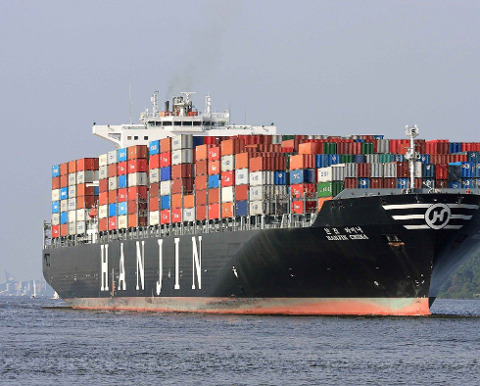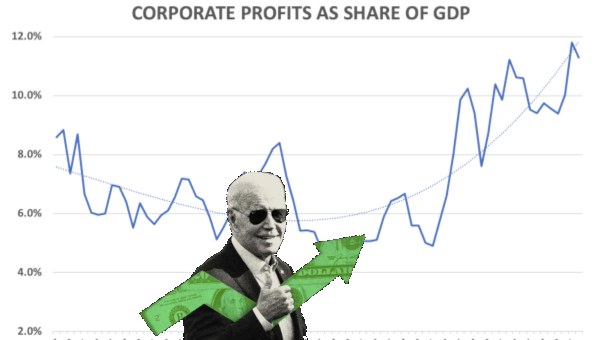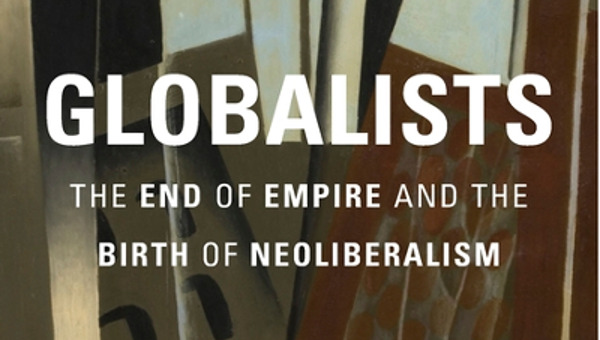Analysts have been waiting for the perfect storm for a long time, and it has finally arrived. If you look at it a little bit closer, it is a shocking but fascinating sight because it allows you to see the essence of logistics, its true nature. They call it “the physical Internet,” and when you see it you truly realize what globalization means. It happened in the container shipping sector: The world’s seventh largest shipping company, the Korean company Hanjin, went bankrupt. Overburdened by $4.5-billion in debt, it has not been able to convince the banks to continue their support.

As a matter of fact, it did not convince the government of South Korea, because the main financier of Hanjin is the Korean Development Bank, a public institution, which is also struggling with the critical situation of the other major shipping company, Hyundai Merchant Marine (HMM), and the two Korean shipyards, STX Offshore & Shipbuilding and Daewoo. It may sound like a mundane administrative issue, but imagine what it means to have a fleet of about 90 ships, loaded with freight containers valued at $14-billion, roaming the seas because if they touch a port their loads are likely to be seized at the request of creditors.
The Seized Cargo
In fact, the Daily Edition of the Lloyd’s List dated September 13th – the day I wrote this article – reported that 13 vessels had been detained. Other ships are being held in different ports, waiting for judiciary sentences. Others are at anchor and maybe had to refuel. Not to mention the 1,200-1,300 crew members who are not able to find suppliers willing to sell them a can of tuna or a bottle of water. In a Canadian port, the crew had to be assisted by the mission Stella Maris.
The intertwining of the ramifications of this problem is impressive. Hanjin must face legal proceedings at courts in 43 countries. For starters: Most of the ships are not owned by Hanjin, and those it owns, to a large extent, are not worth much. Sixty per cent of the fleet is leased, and Hanjin has not been paying the leases for a long time. This threatens to bankrupt old-name companies like Hamburg’s Peter Dohle, the Greek Danaos, and the Canadian Seaspan; there are about 15 companies who leased their ships to Hanjin, but in terms of loading capacity, the first four add up to more than 50 per cent.
Then there are the ports and other infrastructure service providers. The ports are owed fees or services (towing, mooring); the terminals, for load/unload operations to Hanjin ships on credit; the Suez Canal has not been paid the passage tolls and today won’t let the Hanjin ships through; in addition, the onboard suppliers, recruiting agencies of the crews, the ship management firms. The list does not end here, it has just begun. Because the bulk of creditors are thousands of companies, freight forwarders and logistics operators who have entrusted their merchandise to Hanjin, around 400,000 containers (the total capacity of the Hanjin fleet is estimated at 600,000 TEUs), goods that are stuck on board.
Today, container shipping companies operate in consortia, or “alliances,” to exchange loads, according to a series of complicated agreements of slot sharing. Thus, a container entrusted to Hanjin can travel on ships of another company and vice versa. So the request for capture or seizure may theoretically involve the ship of a company that operates normally, only because it carries the Hanjin container. Hanjin was specialized in the Asia-U.S. West Coast trade. It operated 33 ships and enjoyed a very important market share, mostly because it had a near monopoly of the shipments sent by Samsung and other Korean manufacturing giants.
Competition Between Carriers
The more detailed information on the bankruptcy comes from large U.S. retailers that are putting pressure on the Obama administration, as well as on the West Coast states where the ports and rail terminals are located. They are asking to allow goods to be unloaded, even with penalties, to be delivered to their rightful buyers. With all these players and factors compounded, you can see what a puzzle insurance companies must solve (and the volume of legal fees to be distributed across the world.)
Why did this happen? Why did it have to happen?
Because for years, the shipping companies have been transporting goods at a loss. They have put too many ships into service and they continued to order increasingly larger ships at shipyards. The ships competed fiercely for the orders and built the ships at bargain prices, although they are technological jewels. With the increase in freight capacity, freight rates plummeted, volumes grew but the income per unit of freight transported decreased. Then, China slowed exports, creating the perfect storm.
And now? How many of the 10 to 15 most important companies still active on the market are zombie carriers? This is the nickname for those shipping companies who stand only because the banks decided not to let them fail (by the way, almost 80 per cent of the Italian shipping companies are in this condition). Rickmers is the company at risk – the great German firm now headquartered in Singapore – but it is very small.
Today, after the disaster occurred, some say that it is the fault of the customers, who in their incessant search for the lowest prices, decided to trust the firms that offered the lowest prices even though they knew they were at the end of their rope and could go bankrupt at any moment. But, as seen in the banking sector, the philosophy of being too big to fail is simply a reflection of the mental laziness of modern management. It appears again as a cancer of contemporary capitalism. These high-level managers, who are paid fabulous salaries, do not generate business ideas. They are devoid of animal spirit and totally irresponsible. They do not care if the companies go bankrupt. They are interchangeable objects and almost, it seems, not real people.
For years, the best analysts and experts have preached the need to change the business model of the container shipping companies. Nothing happened, they just moved ahead, almost always at the expense of workforce costs. And consequently, the port managers behaved in the same way. In recent years, as the market got more and more out of control, they continued to build ever larger ports, an infrastructure delusion favored and promoted by insane policies of the European Union. Only recently in 2015, the first signs of reconsideration were felt. The risks of naval gigantism were denounced: New ports, built from scratch in Europe, were empty.
Here Come the Vultures
The port reform that the Italian Prime Minister Matteo Renzi is pursuing is weak and hard to implement, but we must acknowledge that Minister Graziano Delrio has changed course and set out to work with the excellent technicians he surrounded himself with. He has halted the most unnecessary and questionable projects, supported, as usual, by regional governors, mayors and the ever-present cement lobby.
What will happen now in the global market? Freight rates have risen, the competitors have already jumped on Hanjin’s remains. Maersk and MSC, the top two global companies, have filled in a few days the hole left by Hanjin on the transpacific route. Nothing will change, like nothing has changed in the banking world after the collapse of Lehman Brothers. Besides, it seems none of the actors have the strength and authority to change anything. The sea continues to be no man’s land. In recent years, I have followed up on some big accidents at sea in the cargo sector, the dynamics of the proceedings against those responsible for the incident (or the scapegoats), to note, once more, that the perpetrators either get away with it or never come to light.
There is only one way to change things: a generalized revolt of the workforce involved in the transportation chain. But we know that won’t happen. The isolated conditions in which crews live are in themselves a guarantee of subjection. However, it is a fact that the conflict within the Global Supply Chain is increasing, it is an endemic conflict with certain very high peaks, about working conditions, wages, employment, but also, increasingly, security. •
This article first appeared on Il Manifesto.





